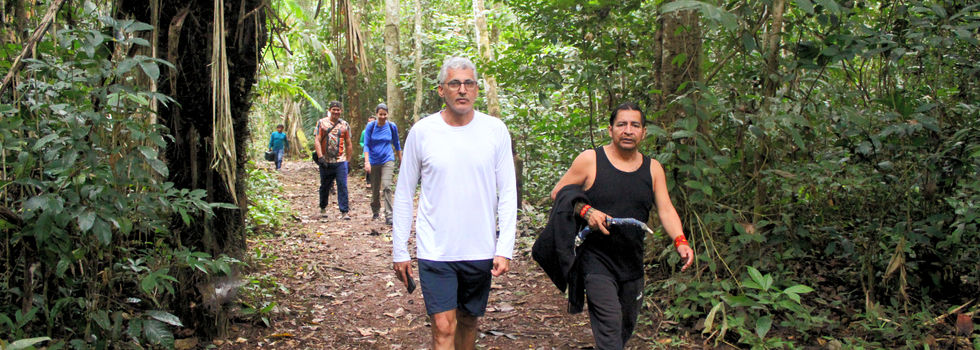NEWS
IEAFV and Yawanawa Association: Together for Reforestation and Cultural Preservation

On July 9, 2024, technicians from IEAFV (Floresta Viva Environmental Education Institute), in partnership with ASCY (Yawanawa Sociocultural Association), visited the Yawatxivan village, in the Rio Gregório Indigenous Land, to deliver 1,500 Banisteriopsis caapi (jagube vine) seedlings. The event mobilized the community, including men, women, and children, who participated in the first stage of reforestation of the Yawanawá territory with the so-called “power plants”. In this phase, the vine seedlings were transplanted from the nursery to the seedling bags. The entire process was supervised by Agricultural Engineer Suzana Farias and the Field Coordinator, Mr. Jorgian Nascimento (Kó).
This action is part of the Ayahuasca Cultural and Environmental Development Project: Eternal Daime - Amazon, coordinated by IEAFV in partnership with other institutions.
The goal is to promote participatory development in ten communities linked to the Institute, investing in the sustainable cultivation of the Psychotria viridis and Banisteriopsis caapi species to ensure the responsible use of Ayahuasca. The project also aims to raise awareness about environmental preservation and promote food security through agroforestry systems, fish farming, poultry farming, horticulture, crafts and community-based tourism.
The president of the Institute, Davi de Paula, highlighted that the project will address important gaps related to the sustainable use of Ayahuasca for future generations.
Chief Tashka Peshaho Yawanawá emphasized the importance of this project: (...) we are very happy because we are receiving Davi's team here, who came to our home to support us through the Ayahuasca project: Daime Eterno. It is a pioneering idea that will revolutionize. It is the domesticated use of our sacred medicine. (...)
Indigenous peoples are being reborn from the ashes in the 21st century, with all their energy dedicated to the ayahuasca culture, to the UNI culture. This is very good, and we cannot use it and take everything we have from the forest. We have to give back what the forest gave us. This project here is interesting because it directly and indirectly adds cultural value, spiritual value, environmental value in preservation and in planting more different species that support our ceremony.









